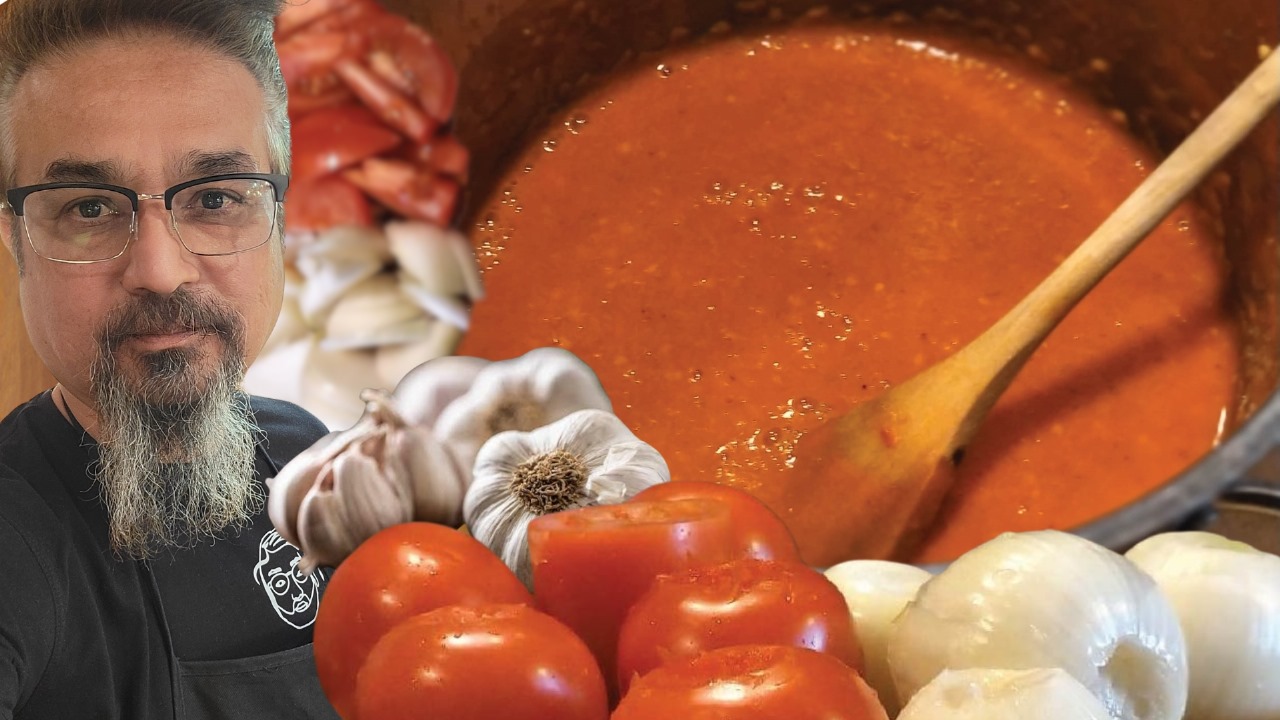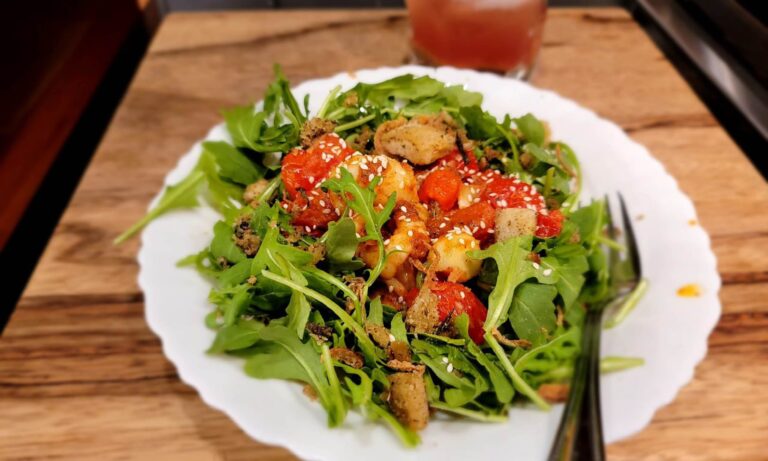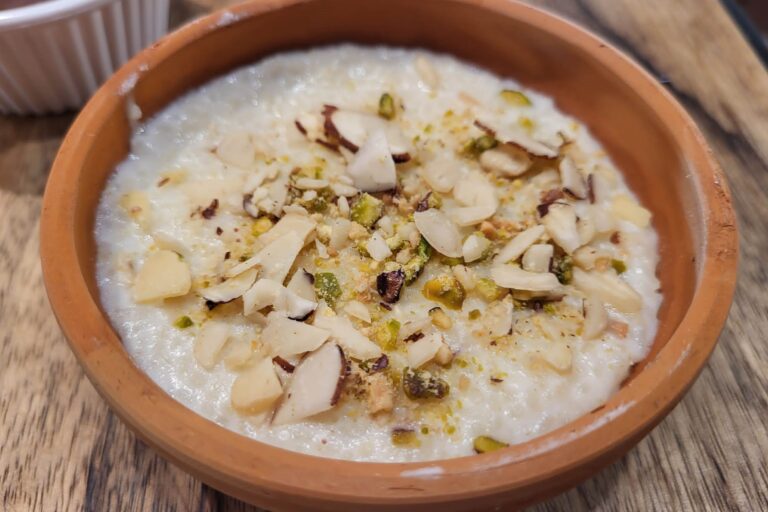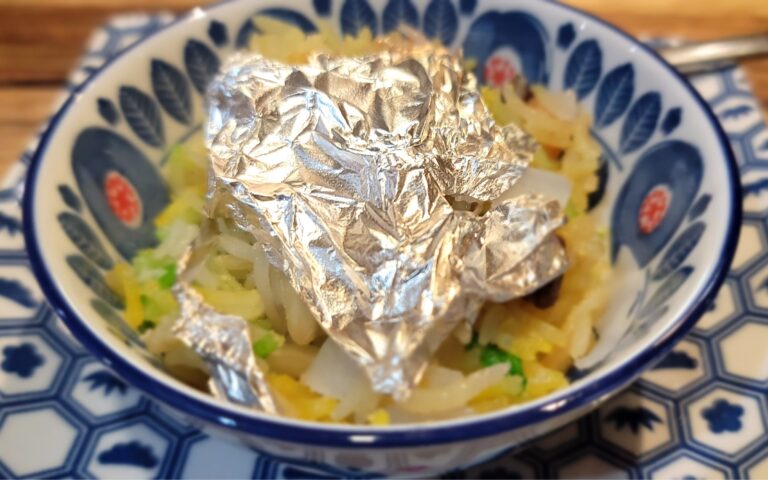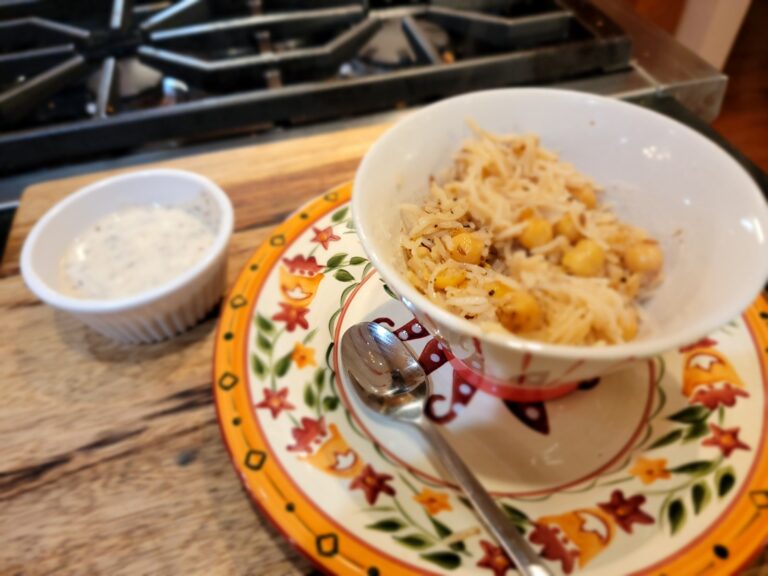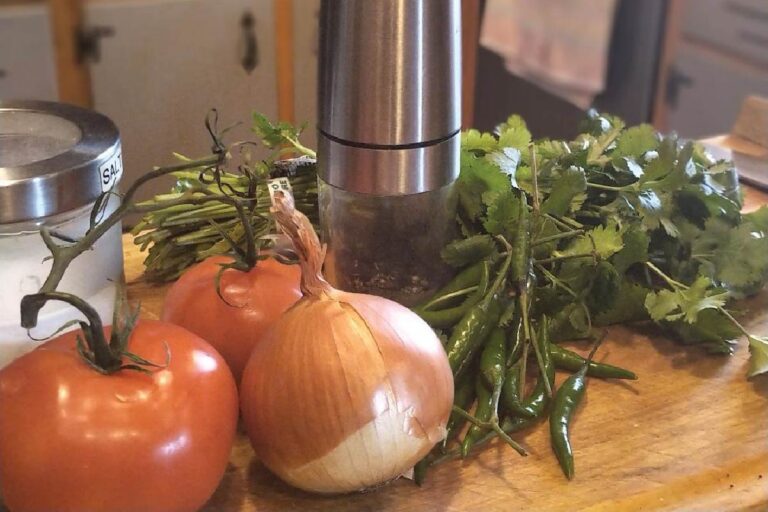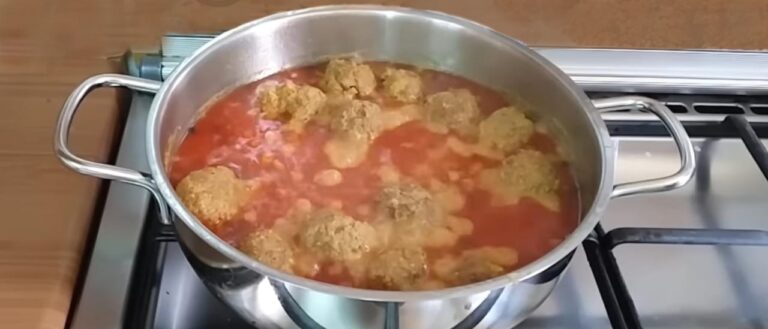Pakistani Curry Base: 5 Ultimate Ingredients, Recipe, and Flavor Chemistry
Introduction
Pakistani curry base is more than a recipe; it’s a technique. Pakistani cuisine is a diverse tapestry of regional influences, with roots that reach deep into Persian and Central Asian culinary traditions. Many of its recipes are built around the base of the curry, which is a powerful mixture of onions, garlic, ginger, tomatoes, and aromatic spices. This base, also known as bhuna masala, is a technique rather than a recipe, and understanding its scientific and cultural context will help you appreciate and execute Pakistani cuisine. In this blog, we will look not just at the recipe but also at the ingredients.
What Is a Curry Base?
In Pakistani cuisine, the essence of many beloved dishes lies in the creation of a rich and aromatic base. This foundation is instrumental in delivering robust flavors to a diverse array of meals, from comforting lentil dishes known as daal to indulgent meat preparations such as chicken karahi and mutton korma.
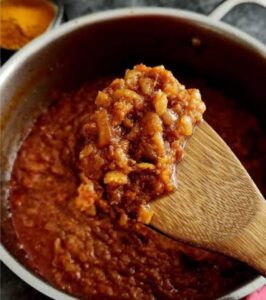
The process of crafting this curry base begins with the meticulous sautéing of finely chopped onions, which forms the backbone of the mixture. Once the onions reach a golden-brown hue, minced garlic and ginger are added, infusing the base with their distinct, pungent aromas. Fresh tomatoes follow, their juices contributing acidity and sweetness that balance the depth of the other ingredients.
Central to this technique is a carefully curated blend of spices—cumin, coriander, turmeric, garam masala, and chili powder—that enhances the overall flavor profile. The spices are typically added after the ingredients have softened and the mixture has begun to caramelize, a stage where the Maillard reaction occurs. This chemical reaction not only develops complex flavors by browning the ingredients but also prepares them for emulsification—a crucial step that ensures the spices and oils meld together smoothly.
As the mixture of curry base simmers, it becomes highly aromatic, signaling that the flavors are fully developing. This process of flavor solubilization allows the spices to release their essential oils, maximizing their potential to elevate the dishes they will later enhance. Each carefully orchestrated step in crafting this curry base is essential, as it lays the groundwork for vibrant and satisfying meals that embody the heart of Pakistani culinary tradition.
The Core Ingredients: Roles and Chemistry
1. Onions (Allium cepa)
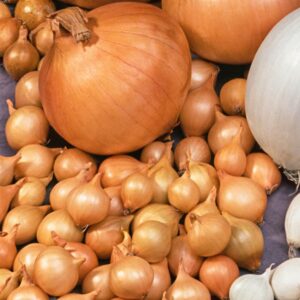
- Role: Onions are a crucial component in creating the rich and flavorful base of many curries. When onions are slowly cooked in oil over low to medium heat, they don’t just soften; they engage in two important chemical processes: caramelization and the Maillard reaction. These processes are essential for developing the dish’s flavor profile.
- Science: Caramelization is the process by which sugars in the onions break down when exposed to heat, resulting in a transformation that turns the raw, pungent flavor of the onion into a sweet, nutty essence. This occurs at around 320°F (160°C), leading to the formation of various complex compounds that contribute to the overall sweetness. On the other hand, the Maillard reaction involves a reaction between amino acids (the building blocks of proteins) and reducing sugars. This reaction occurs at higher temperatures and is responsible for creating a multitude of flavor compounds, which adds depth and complexity to the dish. Together, these processes result in a symphony of flavors, providing a savory-sweet taste and enhancing the overall profile of the ingredients used.
- Effect: The combination of caramelization and the Maillard reaction not only enriches the flavor of the onion base but also contributes to a beautiful golden-brown color that is visually appealing. This depth in color and taste forms the foundation of the curry, making it more complex and satisfying. The result is a harmonious blend of flavors that elevate the entire dish, providing a savory-sweet depth that is quintessential to a well-crafted curry.
2. Garlic (Allium sativum) & Ginger (Zingiber officinale)

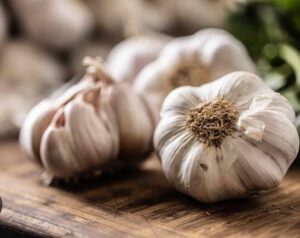
- Role: Garlic and ginger are integral ingredients in various cuisines, valued not just for their distinct flavors but also for their physiological benefits. Garlic is particularly noted for its potent pungency, which can elevate the overall taste profile of dishes. Additionally, its rich array of antimicrobial properties helps to preserve food and prevent the growth of harmful bacteria. The unique enzymes and essential oils found in garlic contribute significantly to umami, enhancing the savory flavors in meals and making them more satisfying.
- Science: The fascinating chemistry behind garlic comes from a compound called allicin. Allicin is released when garlic is chopped or crushed, initiating an enzymatic process. This compound conveys several health benefits, exhibiting both antibacterial and antifungal properties that can support the immune system. Moreover, allicin is responsible for the characteristic sharp, spicy aroma of fresh garlic, which is a crucial aspect of its appeal in culinary applications.
- Effect: On the other hand, ginger brings its unique character to dishes through the compound gingerol, which imparts a notable heat and warmth to flavors. When ginger is subjected to heat during cooking, the curry base, gingerol, transforms into zingerone, which retains some of the heat but softens its intensity. This conversion not only mellows the spice but also enriches the dish’s overall aroma and enhances its complexity, creating a more balanced flavor profile in the final dish.
3. Tomatoes (Solanum lycopersicum)
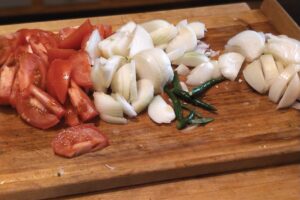
- Role: Tomatoes play a crucial role in the flavor profile of a curry by imparting both acidity and umami. Their unique taste contributes to a well-rounded dish, enhancing the overall flavor complexity and helping to balance richer, heavier elements.
- Science: The scientific composition of tomatoes is what makes them so beneficial in cooking. They are rich in glutamic acid, a naturally occurring substance that provides a savory umami flavor that deepens the dish’s taste. Additionally, tomatoes are packed with lycopene, a potent antioxidant known for its health benefits, including fighting free radicals in the body. The presence of organic acids, such as citric and malic acid, adds brightness to the curry, cutting through fatty ingredients and elevating the dish’s freshness.
- Effect: When incorporated into a curry base, tomatoes serve the essential function of deglazing the pan, helping to dissolve the flavorful browned bits left from sautéed ingredients. As they cook down, tomatoes break apart and create a thick, rich base that harmonizes all the components of the curry, lending both depth and texture to the dish. This transformation enhances the overall mouthfeel and helps to meld the various flavors together seamlessly.
4. Oil (usually vegetable, mustard, or ghee)
- Role: Fat acts as a crucial medium for heat transfer during cooking, facilitating the even distribution of heat throughout the ingredients. Additionally, it plays an important role in dissolving fat-soluble compounds found in various spices, allowing for better extraction of flavors and aromas.
- Science: Many spices, including turmeric and chili, contain oil-soluble pigments and flavor compounds that contribute to their unique taste profiles and vibrant colors. When spices are sautéed in oil, the heat not only releases these chemical compounds but also helps stabilize them, enhancing their potency and overall impact on the dish. This process allows for a deeper infusion of flavor and color, making the spices more effective in cooking.
- Effect: The use of fat in Pakistani curry base cooking significantly enhances the mouthfeel of dishes, providing a rich and satisfying texture that complements the other ingredients. Moreover, fat serves as a carrier for flavors, helping to deliver the full complexity of spices to the palate. This results in a more harmonious and intense taste experience, elevating the overall quality of the dish.
5. Whole and Ground Spices

- Role: Common spices that are often used in cooking include cumin (Cuminum cyminum), which has a warm, earthy flavor; coriander (Coriandrum sativum), known for its citrusy notes; turmeric (Curcuma longa), celebrated for its vibrant color and health benefits; red chili powder, which adds heat and a rich red hue; and garam masala, a fragrant blend that typically includes spices like cumin, cinnamon, black cardamom, clove, and black pepper. In my cooking videos, especially in the preparation of daal chawal, I emphasize the importance of these spices and how their unique characteristics enhance the overall dish many times in my other videos and blogs.
- Science: Toasting whole spices is a crucial step in releasing their essential oils, which enhances their flavors and aromas. This process not only intensifies the taste but also changes the texture, providing a depth that is often missing in ground spices. When spices are ground, they produce volatile aromatics that contribute to the overall fragrance of the dish. An important point to note is the role of curcumin found in turmeric; it is significantly more bioavailable when combined with black pepper, which contains piperine, and fats, which aid in its absorption. This synergy is particularly valuable when aiming for both flavor and health benefits in cooking.
- Effect: In Pakistani curry base each spice contributes its own unique aroma and taste profile, which is essential to creating complex and layered flavors in dishes. Moreover, when these spices are combined, they can produce synergistic effects that establish distinct regional flavor profiles, reflecting the culinary traditions of different cultures. For example, the blend of spices in garam masala not only defines specific Indian dishes but also varies regionally, showcasing the diversity and richness of culinary heritage. This interplay of spices is what makes cooking an art form, allowing for endless creativity and exploration in flavor.
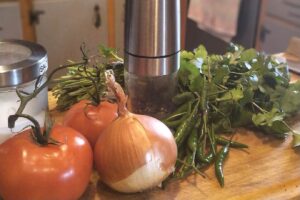
Recipe: Basic Pakistani Curry Base (Serves as base for 4 servings)
To make the Pakistani curry base we need:
Ingredients
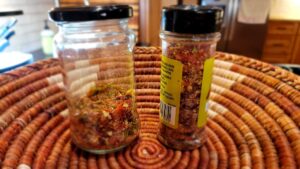
- 5-6 tbsp neutral oil or ghee
- 2 medium onions, finely chopped
- 4 cloves garlic, minced
- 1-inch piece ginger, grated
- 2 medium tomatoes, chopped (or 1/2 cup pureed tomatoes)
- 1 tsp cumin seeds
- 1/2 tsp turmeric powder
- 1 tsp ground coriander
- 1 tsp red chili powder (adjust to taste)
- Salt to taste
- Optional: 1/2 tsp garam masala (added at the end)
Instructions
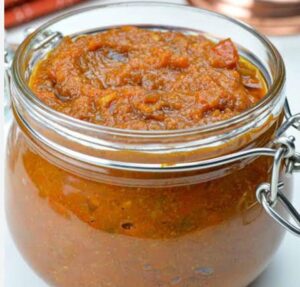
- Heat the oil in a heavy-bottomed pan over medium heat. Add cumin seeds and let them sizzle for a few seconds.
- Add onions and sauté slowly for 10–15 minutes until deep golden brown. Stir frequently to avoid burning—this step is crucial for the Maillard reaction.
- Add garlic and ginger. Cook for another 2–3 minutes until the raw smell dissipates.
- Add tomatoes, along with salt and the ground spices. Cook until the tomatoes break down, and the oil begins to separate from the masala (usually 10 minutes).
- Optional: Finish with garam masala for a complex aroma.
- Cool and store: This base can be refrigerated for 3–4 days or frozen in portions for up to 2 months.
Variations and Regional Notes
- Karahi base uses more tomatoes and little to no turmeric.
- The base for korma includes yogurt, as I did in my Kofta recipe, and whole spices like cardamom, cloves, cinnamon, and almonds.
- Sindhi or Punjabi styles may include green chili, curry leaves, or additional heat.
- Vegetarian versions are often lighter on onions and rely more on tomatoes and green herbs.
Why It Works: A Scientific Summary
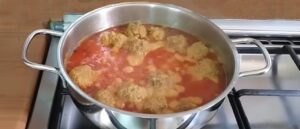
The success of Pakistani curry base lies in controlled heat application, water management (to facilitate breakdown and later emulsification), and sequential layering of flavors:
- Low and slow cooking allows Maillard browning in onions.
- Deglazing with tomatoes introduces acidity to balance sweetness and create a sauce.
- Fat-soluble spice activation ensures deeper infusion of flavors into meat or vegetables.
This technique is adaptable, economical, and scalable—an essential culinary tool for any home cook interested in South Asian flavors.
Happy Cooking!

